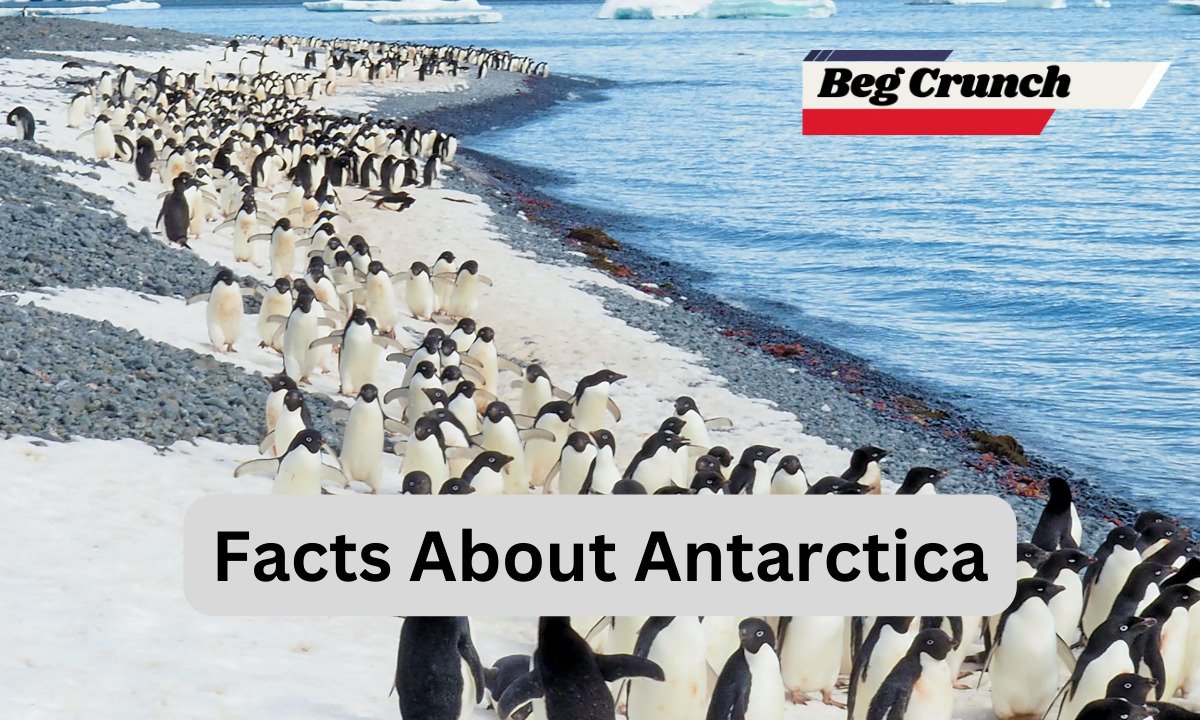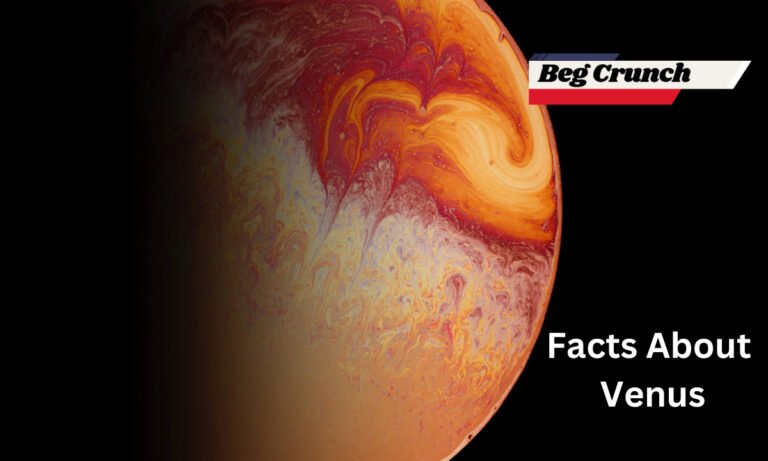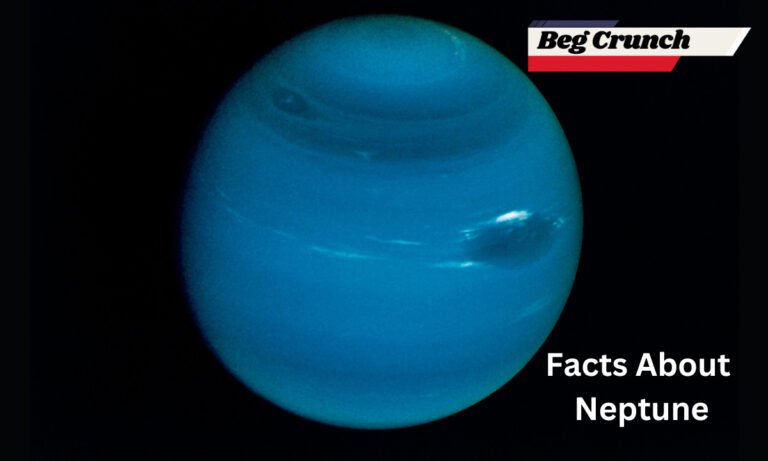Exploring Fascinating Facts About Antarctica
Antarctica, the southernmost and coldest continent on Earth, is a land of mystery and wonder. Covered in ice and shrouded in darkness for much of the year, this remote region holds a unique allure for scientists, adventurers, and nature enthusiasts alike. In this article, we’ll dive into a collection of captivating facts about Antarctica that highlight its extreme conditions, remarkable wildlife, and scientific importance.
The Frozen Continent: Extreme Conditions and Geography
- Antarctica’s Icy Embrace: Navigating Unfathomable Cold
Antarctica, Earth’s southernmost and most frigid continent, stands as a realm of unparalleled cold, where the very concept of temperature reaches its extremes. In this stark and desolate landscape, nature unfurls its most chilling spectacles.
The East Antarctic Plateau, a high ridge that spans the continent, harbors a bone-chilling secret. Here, temperatures plummet to mind-boggling lows, plunging to a jaw-dropping minus 128.6 degrees Fahrenheit (minus 89.2 degrees Celsius), establishing a record for the coldest place on our planet.
This icy realm’s ability to evoke both wonder and terror lies in its harsh environment. As the sun dips below the horizon during the polar winter, it relinquishes its heat, plunging the continent into a deep freeze. This phenomenon occurs due to Antarctica’s unique geographical position, with its vast ice-covered terrain rendering it a crucible for extreme cold. Despite the inhospitable nature of its climate, Antarctica’s icy embrace also holds crucial insights into Earth’s climate history, unraveling the secrets of our planet’s ancient past.
- Antarctica’s Frozen Treasure: The Unveiling of Vast Ice Sheets
Beneath the seemingly unending expanse of ice, Antarctica conceals an astounding treasure – around 70% of Earth’s freshwater ice. This colossal repository is a critical player in the delicate balance of our planet’s hydrosphere, regulating sea levels and shaping global climate patterns. The enormity of these ice sheets is so immense that it lends Antarctica a geological peculiarity – the land beneath it is depressingly weighed down by the sheer mass of ice.
This phenomenon has engendered an enthralling quirk in the continent’s topography. Substantial portions of Antarctica’s landscape lie below sea level, a mesmerizing juxtaposition of land and water. The immense ice mass, compressing the Earth’s crust beneath it, induces these low-lying depressions. This geological dance between ice, land, and water is a testament to the profound interplay of natural forces that sculpt our planet’s surface.
- Antarctic Light and Darkness: A Polar Dance of Sun and Night
Antarctica, a land of extremes, orchestrates a celestial ballet that embodies the very essence of its polar existence. During the ephemeral summer months, the continent basks in a phenomenon known as the “midnight sun.” Nestled near the South Pole, Antarctica experiences continuous daylight, a surreal and otherworldly experience for those fortunate enough to witness it. As the sun casts its perpetual glow upon the icy expanses, life stirs amidst the frigid embrace.
However, with the turning of the seasons comes the inevitable transformation.
As winter arrives, Antarctica plunges into a profound darkness that parallels its summer’s endless light. This phenomenon, aptly named the “polar night,” blankets the continent in a cloak of uninterrupted darkness, an environment that challenges all life forms to adapt or retreat. The oscillation between these extremes, a dance of light and shadow, underscores Antarctica’s role as a crucible of survival and adaptation in the face of some of the harshest conditions on Earth.
Unique Wildlife and Ecosystems
Penguins Galore Antarctica is home to various penguin species, including the Emperor penguin, which is the largest of all penguin species. These flightless birds have evolved to thrive in the harsh conditions of the continent.
- Marine Riches
The waters surrounding Antarctica are teeming with life, including krill—a tiny shrimp-like creature. These krill serve as a vital food source for various marine species, including whales, seals, and penguins.
- Seals and Sea Lions
Antarctica’s shores are frequented by various seal species, including the Weddell seal and the elephant seal. These creatures have adapted to the frigid environment and often use the sea ice as platforms for giving birth and resting.
Scientific Significance and Research
- Ice Core Insights
Antarctica’s ice sheets hold a record of past climates and atmospheric conditions. By studying ice cores extracted from these sheets, scientists can unravel the Earth’s climate history dating back hundreds of thousands of years.
- Ozone Hole Discovery
In the 1980s, scientists discovered a significant thinning of the ozone layer over Antarctica, commonly referred to as the “ozone hole.” This discovery led to international efforts to reduce the use of ozone-depleting chemicals.
- Astronomical Observations
Antarctica’s pristine and dry atmosphere makes it an ideal location for astronomical observations. Observatories situated on the continent provide valuable data about the cosmos, free from light pollution and atmospheric interference.
Remote Exploration and Human Presence
- Whale Highway
The waters around Antarctica serve as a crucial feeding ground for various whale species, including humpback, minke, and blue whales. These creatures undertake long migrations to reach these nutrient-rich waters.
- Research Stations
Several countries operate research stations in Antarctica, contributing to scientific exploration and environmental monitoring. These stations provide insights into the continent’s unique ecosystems and climate dynamics.
FAQs
Q1. Can people live in Antarctica?
A1. While Antarctica is inhospitable for permanent human habitation due to its extreme cold and isolation, various research stations are operational during the summer months. These stations host scientists, researchers, and support staff.
Q2. Are there any native people in Antarctica?
A2. Antarctica has no indigenous population. The continent is governed by the Antarctic Treaty System, which designates it as a scientific preserve and prohibits military activity and resource exploitation.
Q3. What is the Southern Ocean?
A3. The Southern Ocean surrounds Antarctica and is characterized by its cold waters and unique ecosystems. It’s recognized by the National Geographic Society as the fifth ocean, distinct from the Atlantic, Indian, and Pacific Oceans.
Q4. Are there any land animals in Antarctica?
A4. Except a few introduced species like insects and mites, there are no native land animals in Antarctica. Its extreme climate and lack of vegetation make it challenging for land-dwelling animals to survive.
Q5. How thick is the ice in Antarctica?
A5. The thickness of the ice in Antarctica varies, with some areas having ice sheets that are more than 2 miles (3.2 kilometers) thick. The weight of the ice causes the land beneath it to sink, creating subglacial basins.
Conclusion
Antarctica’s harsh and unforgiving environment hides a treasure trove of scientific insights and natural wonders. From the unique wildlife that has adapted to survive in extreme conditions to the crucial role the continent plays in understanding Earth’s history, Antarctica continues to captivate the imagination of those who seek to explore its mysteries. As a remote and pristine wilderness, this frozen land serves as a reminder of the fragility and resilience of our planet’s ecosystems.








